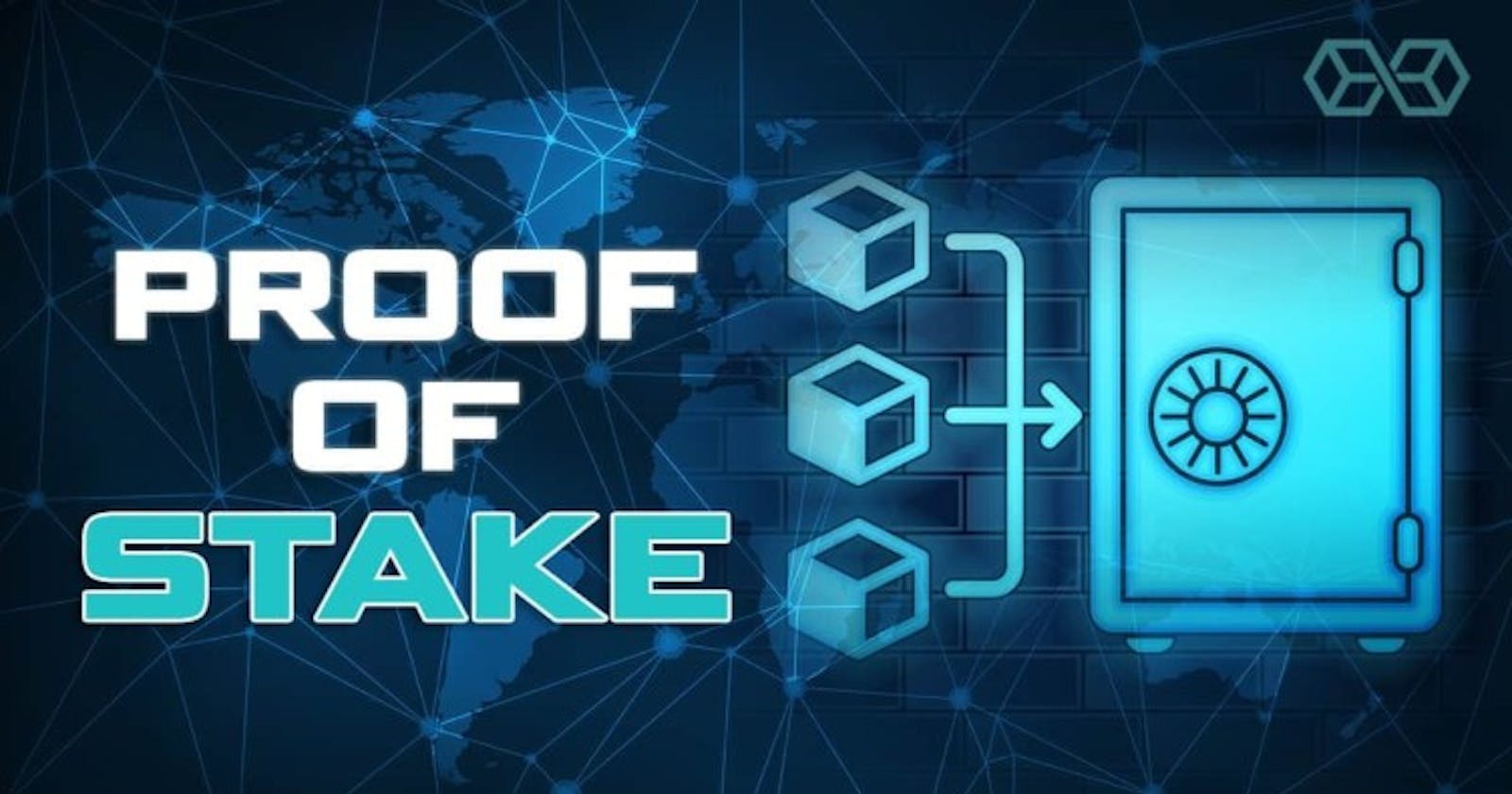As we should know by now, a consensus mechanism is a method by which blockchains maintain their integrity.
Last week we talked about the first consensus PoW: Proof of Work, where we need a lot of computational power and energy to validate transactions.
Today is the time for another consensus mechanism, Proof of Stake (PoS).
This one is quite different from PoW. Proof of Stake reduces the amount of computational power needed to verify blocks and transactions that keep the blockchain secure. One of the main differences from PoW is that PoS change the way blocks are verified. We are gonna explain it later but as we are warming up, this is the moment to explain the concepts of "staking" and "validators":
Staking: It comes from the verb stake which means that you are putting skin in the game by locking your coins and trusting the protocol. The more people stake their coins, the more trusted the protocol will be. When you stake something you are kind of betting that it will be all good.
- Validators: A validator is a coin owner but in this case, he/she has staked its coins to have the possibility to be selected to validate a block and earn the reward. Validators are for PoS and miners are for PoW.
Now that we know some important concepts, let's get into the real stuff. How does this Proof of Stake works?
In this case, the only way to validate blocks and transactions is by having a minimum amount of coins. The coin owners offer their coins as collateral for a chance to validate blocks.
Coin owners with staked coins become validators. Validators are then selected randomly to validate the block, or as we called it in PoW, "mine". This system randomizes who gets to validate / "mine" rather than using a competition-based mechanism like proof-of-work.
Proof of Stake is designed to reduce the scalability and environmental sustainability concerns surrounding the proof-of-work (PoW) protocol. The PoS mechanism seeks to solve these problems by effectively substituting staking for computational power.
Also, Proof of stake (PoS) is seen as less risky in terms of the potential for an attack on the network, as it structures compensation in a way that makes an attack less advantageous. I mean, you would not want the network to be attacked because it would affect your coins too, so if you attack the network you would be attacking yourself.
Some of the other improvements that PoS brings are:
better energy efficiency: there is no need to use lots of energy on proof-of-work computations
lower barriers to entry, reduced hardware requirements: there is no need for elite hardware to stand a chance of creating new blocks
reduced centralization risk: proof-of-stake should lead to more nodes securing the network
economic penalties for misbehaviour make 51% of style attacks exponentially more costly for an attacker compared to proof-of-work
the community can resort to the social recovery of an honest chain if a 51% attack were to overcome the crypto-economic defences.
I think this is a fair introduction to the Proof of Stake consensus so I really hope that you have learnt something new with this article.
